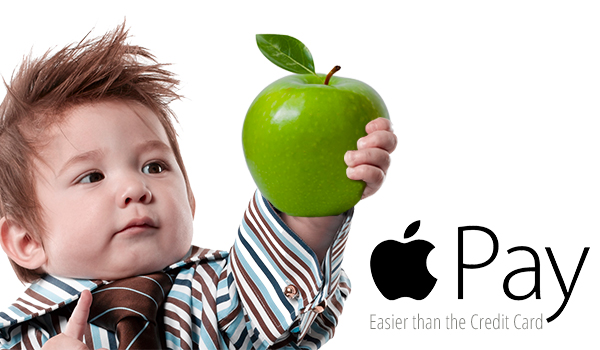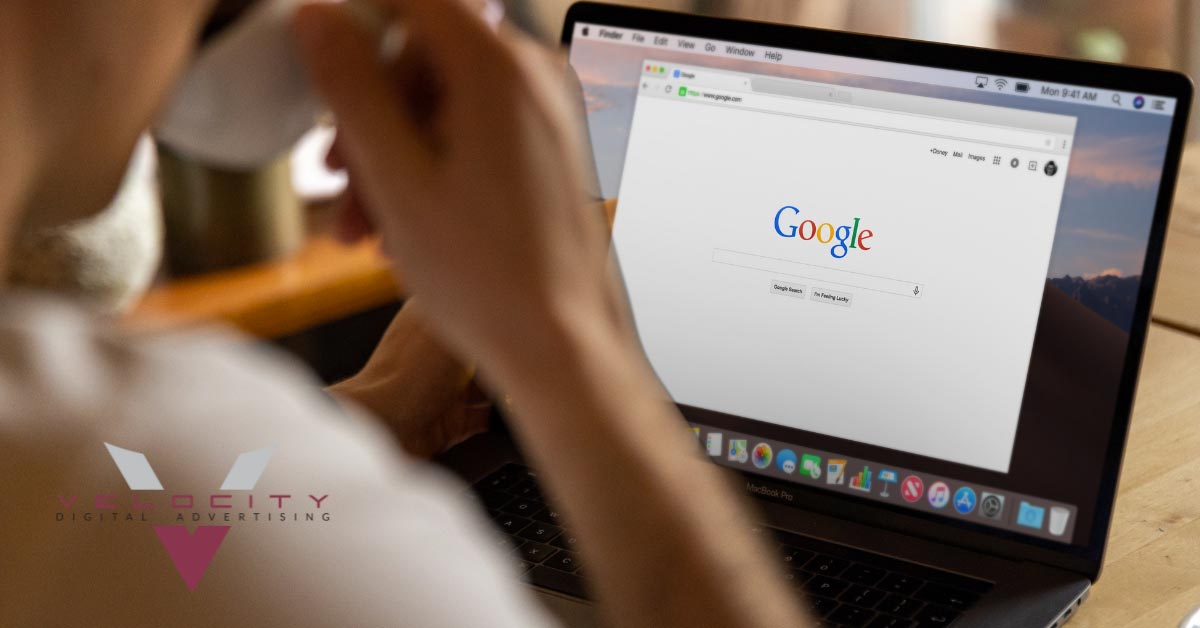CALL: 985-200-4333
Why I Use ApplePay (And Why You Should Too)
Mobile payments are a disaster.
You’re much better off using cash than attempting to use any current service. Particularly PayPal. Don’t even get me started. How embarrassing.
Why?
Before October of last year, I had tried different forms of mobile payments, which left me with a bittersweet aftertaste. While the idea of paying with your mobile device seemed novel and exciting at the time, the shortcomings and frustrations of the available technology drove me nuts.
Here I was, sitting in line at a Dollar General, growing more anxious as I got closer to the register. I had a new debit card and all my available funds were sitting on my PayPal account, which is a must for online payments. PayPal had worked out deals with some brick and mortar retailers so users could pay with the service at the register, by simply checking in and entering a code at the terminal. A few days earlier, I had made a successful payment at a Chinese restaurant, after showing the employee how to properly accept the transaction. Back at Dollar General, it was my turn, and as the cashier checked out my forty dollars worth of toiletries and snacks, I was ready to pay. After three unsuccessful attempts, I gave up and my friend offered to pay for the items.
PayPal had let me down. After calling customer service they explained this was a “routine security account lock-out,” which prevents users from making payments if the activity seems suspicious. But why did the payment go through at the mom-and-pops Chinese restaurant but got rejected at a business with actual PayPayl support? Mind boggling. Next move? Wait the three-day period for my funds to be transferred to my bank account.
As I drove back home, I asked myself how can companies release such products? Why does it have to be the way it is? Is every tech company missing the obvious?
What If?
It was early September, Apple had just announced ApplePay during the iPhone 6 event and like many, I was unimpressed. My previous experiences with mobile payments made me skeptical about trying them out again. A few months later I was up for a phone upgrade so I snatched a shiny brand-new iPhone 6.As I set up my new device, I was asked to use my iTunes-stored credit card for ApplePay, which I did. That was it. That was the whole set up. I was starting to believe again. This was the first time in a long time that signing up for a new service seemed so intuitive, so painless. What if Apple had gotten it right?
Eddy Cue, Apple’s senior vice president of Internet Software and Services, explained during the keynote that ApplePay works with any contactless payment terminal, so I set out to find one. Luckily, these types of terminals are already very common, so a short walk to Walgreen’s granted me the opportunity to try it out. This time I did not ask the cashier if they accepted my payment method and decided to trust Eddy blindly, which made me anxious while I waited in line. As I placed my phone over the terminal holding the TouchID (more on that later), my payment was accepted. Apple had done it right and I was back into mobile payments.
What if someone had designed a payment system from the ground up to be secure and easy to use? A short five months later, Tim Cook had this to say about ApplePay: “We have designed Apple Pay purposely so that we don’t know where you buy something, how much you pay for it, what you bought.”
How?
Let’s make something clear: Apple did not introduce any new technologies to power ApplePay, so why did others fail? Apple solved the problem by tackling three main problems: ease of use, security, and compatibility.
When you approach a register and place your iPhone close to it, the system automatically prompts the ApplePay screen. There’s no finding an app, there’s no checking-in, your iPhone just “knows” when to act. If you’ve never used ApplePay, you might be wondering if there’s an extra authentication step, which brings me to security.
Every iPhone since the 5s has built-in TouchID, an easy and secure way to unlock your phone with your fingerprint. TouchID stores secure data in a secure-element in your phone, which is not accessible from any other app. ApplePay stores a device account number created from your credit card, so merchants never have access to your real identity.
Finally, since ApplePay uses technology compatible with thousands of payment terminals, it is already available at many retail stores across the country.
Apple’s biggest opportunity lies in the next iteration of the iPhone, as it will be the second generation to use ApplePay. Also, the payment service is being integrated with other apps, to make the process of checking-out at online stores even faster and more secure.
–
Velocity Agency is a digital marketing and advertising firm specializing in digital and internet marketing & advertising, print, web design, graphic design, film, and HD video promotion and post-production. Velocity serves clients all over the United States from our Metairie, LA office just outside of New Orleans by strategically implementing proprietary tools and techniques to get you the most conversions for your business through lead generation, cost-per-acquisition, and top line revenue.










